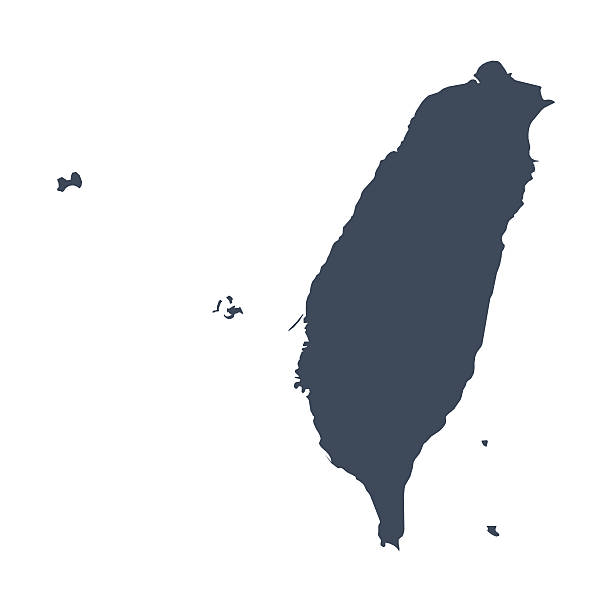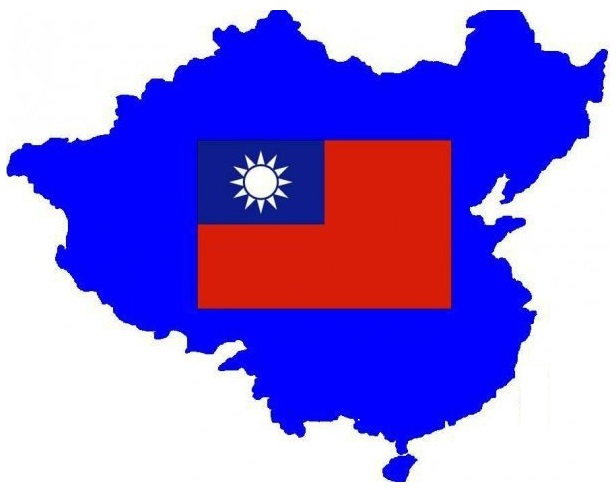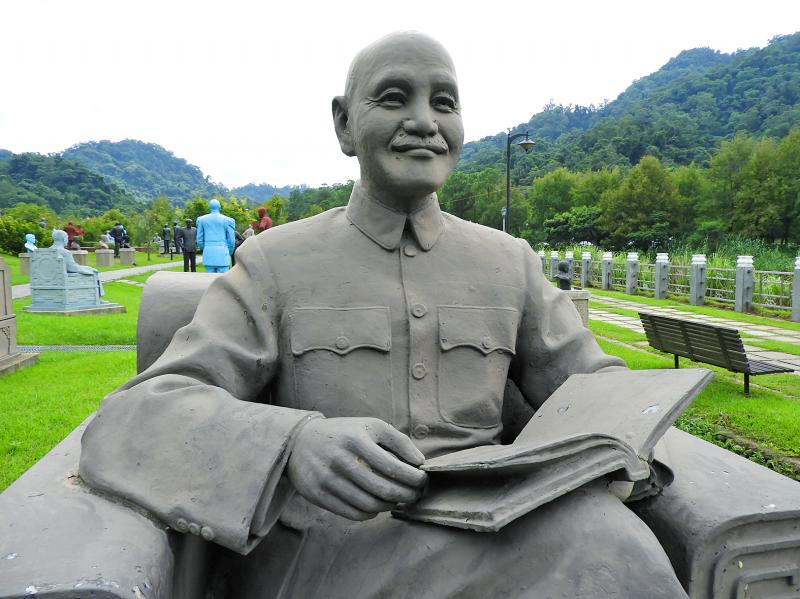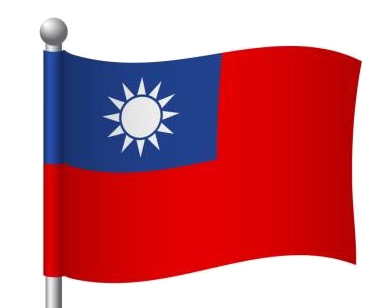Re: ROC Sovereign Territory
On May 2, 1936, as passed by the Legislative Yuan, but not reviewed by the National Assembly Representatives, the draft of the often-called May 5th Constitution, in Article 4, Paragraph 1, specifies: "The territory of the Republic of China is Jiangsu, Zhejiang, Anhui, Jiangxi, Hubei, Hunan, Sichuan, Xikang, Hebei, Shandong, Shanxi, Henan, Shaanxi, Gansu, Qinghai, Fujian, Guangdong, Guangxi, Yunnan, Guizhou, Liaoning, Jilin, Heilongjiang, Rehe, Chahar, Suiyuan, Ningxia, Xinjiang, Mongolia, Tibet, etc. inherent territory."
Commentary:
As clearly outlined above, the 1936 draft known as the May 5th Constitution contained a detailed listing of all Chinese provinces. Taiwan was not included.













